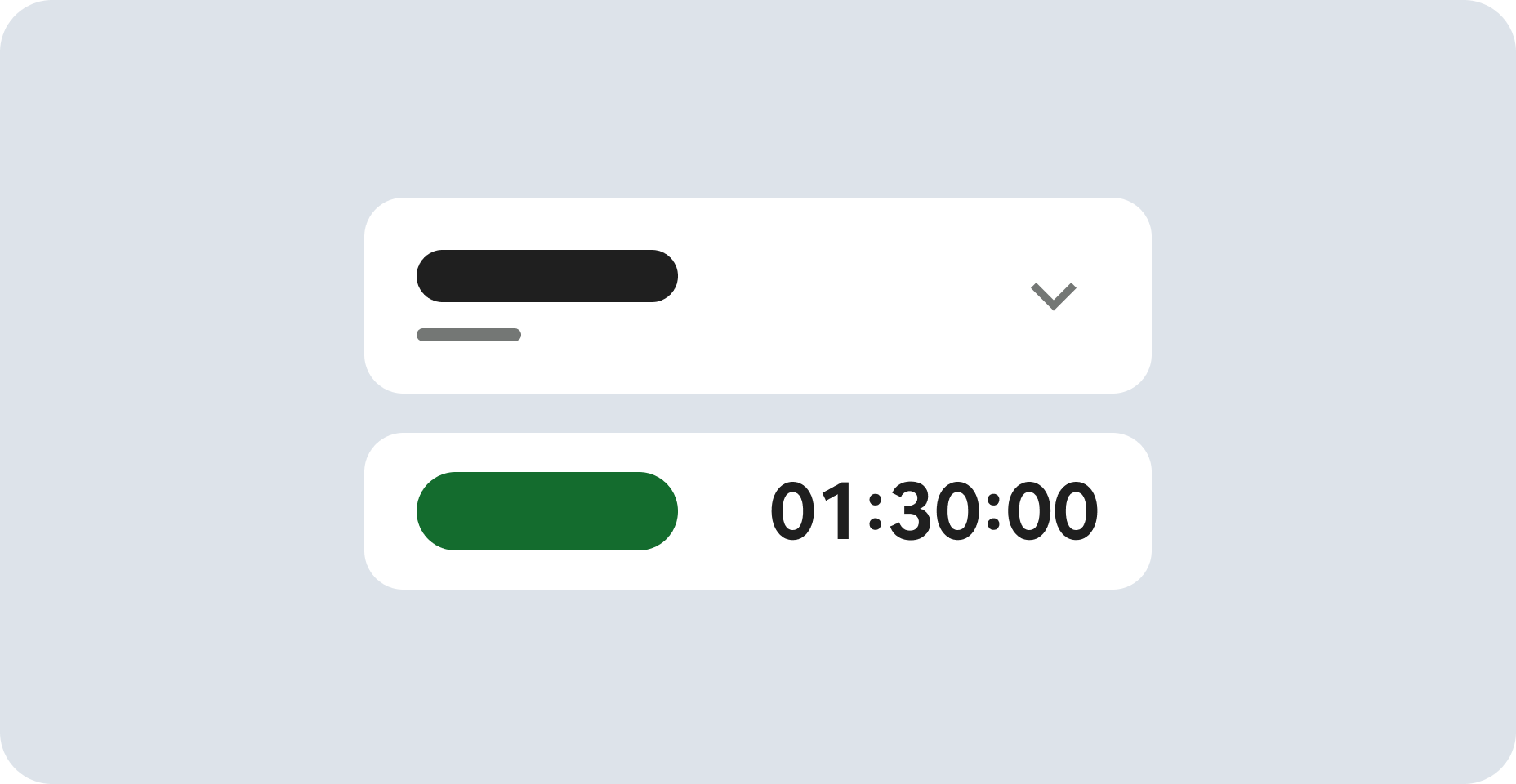
Before you begin
- Labs create a Google Cloud project and resources for a fixed time
- Labs have a time limit and no pause feature. If you end the lab, you'll have to restart from the beginning.
- On the top left of your screen, click Start lab to begin
Create files
/ 10
Copy files
/ 10
Delete Files
/ 10
In Windows, files and folders are managed using an interface program called File Explorer. File Explorer presents files and folders in a hierarchical tree-like structure, and makes it easy to perform tasks like creating, copying, moving and deleting files.
You'll have 60 minutes to complete this lab.
In this lab, you'll create and modify folders using the File Explorer tool. By the end of this lab, you'll complete the following:
You'll need to start the lab before you can access the materials. To do this, click the green "Start Lab" button at the top of the screen. If you use a screen reader, please see the instructions below, in the section "Virtual Machine instructions for screen reader users". Otherwise, proceed to the next steps to open the Windows VM.
After you click the "Start Lab" button, you will see a panel appear below where the start lab button was that has an Open Windows VM button.
Click the Open Windows VM button and a new tab will open with a visual interface for Windows OS, where you will be performing further steps in the lab. You should have a visual interface for Windows that looks like this:
Note: If the Windows VM becomes stuck and disconnects automatically, you can reconnect in the following ways:
If you require the use of a screen reader to complete a lab activity, you can spin up a Windows Virtual Machine that is pre-loaded with NVDA. Follow the instructions below to access your Virtual Machine.
Connection Details
After you click the "Start Lab" button, you will see all the connection details generated below. Note that generating the connection details may take a few minutes. Use these connection details and follow the instructions in the "Accessing the virtual machine" section based on your operating system.
External IP Address:
Username: qwiklabs
Password:
Please find one of the four relevant options below based on your device's operating system.
In this section, you will use Remote Desktop Connection to connect to your windows instance using its external IP address.
You should now have access to a virtual machine running Windows 10 OS!
If you encounter an error message, close the window and wait a minute or so. Sometimes the VM-creation process takes a few minutes, and you won't be able to access the VM until it's finished. This also applies to any errors that say your credentials (username and password) are incorrect.
In this section, you will use Microsoft Remote Desktop 10 to connect to your windows instance using its external IP address. OSX users can download Microsoft Remote Desktop from the Mac App Store. If you are using Microsoft Remote Desktop 8, note that the interface will vary slightly than what’s listed below.
You should now have access to a virtual machine running Windows 10 OS!
If you encounter an error message, close the window and wait a minute or so. Sometimes the VM-creation process takes a few minutes, and you won't be able to access the VM until it's finished. This also applies to any errors that say your credentials (username and password) are incorrect.
In this section, you will use Chrome RDP to connect to your windows instance using its external IP address.
Chrome OS users can download Chrome RDP from Chrome Web Store. Once you navigate to the download page, select the Add to Chrome button. Select Add app in case of any pop-ups. Then, select Launch app to start the application.
You should now have access to a virtual machine running Windows 10 OS!
If you encounter an error message, close RDP and wait a minute or so. Sometimes the VM-creation process takes a few minutes, and you won't be able to access the VM until it's finished. This also applies to any errors that say your credentials (username and password) are incorrect.
In this section, you will use Remmina to connect to your windows instance using its external IP address. Open Remmina in your Linux machine. Linux users can install Remmina if it is not pre-installed.
You should now have access to a virtual machine running Windows 10 OS!
If you encounter an error message, close the window and wait a minute or so. Sometimes the VM-creation process takes a few minutes, and you won't be able to access the VM until it's finished. This also applies to any errors that say your credentials (username and password) are incorrect.
Now you have access to the Windows instance, you're ready to start using it!
Once your virtual machine has launched, you can turn on the NVDA screen reader using the shortcut Control + Alt + N, after which, NVDA should begin reading immediately. If you have successfully set up NVDA and can hear the sound output on your personal machine, please return to the lab instructions to complete the lab.
You can open File Explorer using either of these two ways:
On the left-hand-side panel of File Explorer, a "Quick access" list of folders is shown. You can add folders to Quick access by dragging them there.
You can remove folders from Quick access by right clicking and selecting "Unpin from Quick Access."
In Windows, storage volumes are referenced by a single letter. Usually, Windows is installed on the C:\ drive, but storage volumes can be designed by any letter between A-Z. On the Windows virtual machine, all files and folders in a Windows system are rooted at C:\
By clicking on "This PC" on the left of File Explorer, a list of disks mounted on the Windows system is shown. In the example below, only one disk, mounted at the default location C:\, is shown. You can access files inside that disk by double clicking on it.
In the rest of this lab, you'll create, modify, copy, and remove files and directories in a Windows environment using File Explorer.
To create a file or folder, you'll first navigate to the location where you want to create the file or folder. Navigate to the Desktop folder by double clicking on it from File Explorer.
Inside the desktop folder, which is initially empty, right click anywhere in the white space, select New, and then select Folder.
File Explorer will provide you with an editable text field, which you can use to name your new folder.
In this example, let's call our folder, "My New Folder". Type this name into the editable field.
After typing in the name, press Enter.
Your new folder is successfully created! Wohoo!
Go to the Desktop, you'll create a new file. Right click on any white space inside the folder, select "New", and in the sub menu that appears, select "Text Document".
File Explorer will present you with an editable field where you can enter the name of your new file. In the editable field, type in the name of your file name: "My New Text Document"
After typing in the file name, press Enter.
Your new file is successfully created! Sweet!
Click Check my progress to verify the objective.
Copying, moving, and renaming files and folders works similarly in Windows. To copy a folder to another destination, you first need to access the folder in its current location. Then, use File Explorer to select "copy", navigate to the destination directory, and use File Explorer to select "paste".
You'll copy the "Images" folder into the "Pictures" folder.
Step 1: Use File Explorer to navigate to the folder C:\Users.
In this directory, you'll see a folder named Images and another named Pictures.
To copy the Images folder to the Pictures folder:
Step 2: Right click on the Images folder and select Copy.
Step 3: Navigate into the Pictures directory by double clicking on it.
Step 4: Right click on the white space in the "Pictures" directory, and select Paste.
The folder will now be copied to the "Pictures" folder.
That's it! Easy peasy. You've successfully copied the "Images" folder into the "Pictures" folder.
Click Check my progress to verify the objective.
To delete a file or folder, you'll first navigate to the location (C:/Users/Documents) where you want to delete a file or folder, right click on it, and select "Delete".
Let's see an example of removing a file using File Explorer. Navigate to the Documents folder in File Explorer. In the directory, you'll first delete the folder called FolderToBeDeleted.
The folder will remain without the folder we just deleted.
Likewise, to delete a file, you'll navigate to the folder's location, right click on it, and select Delete. In the "Documents" folder, let's remove the file called FileToBeDeleted.
That's it! The folder will remain without the file and folder that we just deleted.
Click Check my progress to verify the objective.
File Explorer also gives you the ability to search through file contents. To use this feature, you need to first enable it from the menu of File Explorer. Once enabled, searches that are performed in the default File Explorer search field will also search content within the files contained in that directory. To enable searching through file contents, follow the steps below:
File content searching is now enabled. To search within file contents, use the search menu to enter your search query.
The results displayed will also include file names whose content matches the search query.
That's it! You're now a pro at using the Windows file explorer to manage files in the system!
In this lab, you've gone through the basics of creating, modifying, copying, and removing files and folders in Windows. You'll become more familiar with what you learned here as you continue to interact with Windows systems.
When you have completed your lab, click End Lab. Qwiklabs removes the resources you’ve used and cleans the account for you.
You will be given an opportunity to rate the lab experience. Select the applicable number of stars, type a comment, and then click Submit.
The number of stars indicates the following:
You can close the dialog box if you don't want to provide feedback.
For feedback, suggestions, or corrections, please use the Support tab.



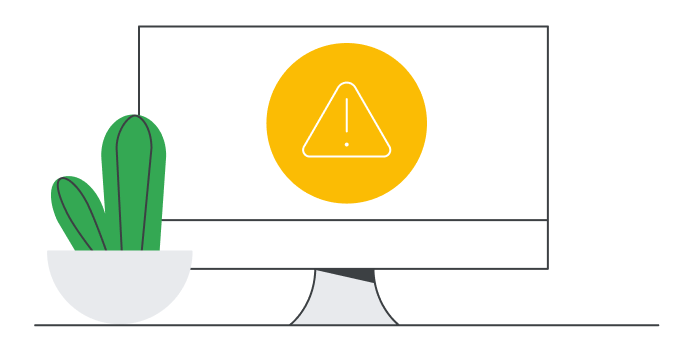
This content is not currently available
We will notify you via email when it becomes available
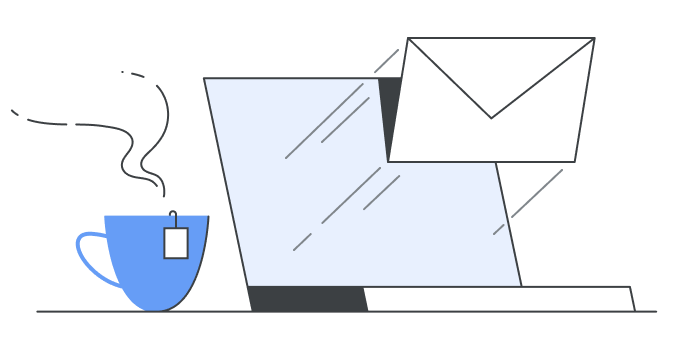
Great!
We will contact you via email if it becomes available
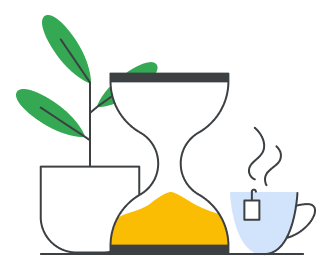
One lab at a time
Confirm to end all existing labs and start this one
